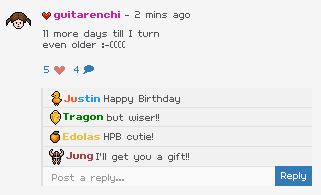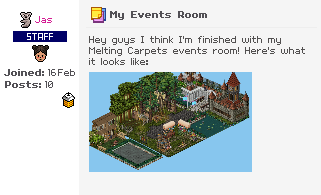How To Write Creatively In More Detail. Pt.2
Why you need a conflict
A story conflict is a problem facing the main character. This problem might be a romantic rival or a horde of attacking zombies. It might be an internal struggle; for example, the character has to overcome a particular fear or a bad habit.
Here are some examples of story conflicts:
- Mary falls in love with the perfect man, but she's already married to someone else.
- John wants to be president of his high school class, but he is terrified of public speaking.
- Harry Potter has to save the world from the evil wizard Voldemort.
Conflict is important because it makes things happen. If everything in your character's life is perfect, there is no reason for her to take action. There is no reason for anything to change. And no change equals no story.
The keys to effective conflict
If readers care about the result of your story conflict, they will keep reading to find out what happens.
What makes readers care?
1) The result of the conflict matters a lot to your character.
2) The readers identify with your character -- in other words, readers imagine themselves in your character's place.
A *viewpoint character* is a character whose perspective is used to tell the story. Readers see the story through that character's eyes, experiencing what that character experiences.
Readers tend to identify with the viewpoint character and feel as if they're resolving the story's conflict along with him or her. They're frustrated when the character encounters obstacles and relieved when the obstacles are overcome. They're triumphant or in despair at the end of the story when the character either succeeds or fails.
When writing a short story, it's generally best to have one viewpoint character and develop a conflict that matters to that character. This gives your reader, who identifies with the character, a stake in what happens.
If the starting point for your story idea is the conflict instead of the character, then come up with a viewpoint character who will be directly affected by the result of that conflict.
7 ways to get conflict ideas from your characters
Here are seven surefire ways to turn a character idea into an idea for conflict, which gives you the seed for a story.
You can repeat the techniques with new characters and come out with a completely different story every time!
1) What is something your character deeply desires? Imagine a situation in which your character has the chance to obtain this desire... but there is a terrible obstacle in the way. (What obstacle? You decide.)
2) What is one of your character's greatest fears? Imagine a situation which forces your character to face this fear in order to achieve an important goal.
3) Who is someone your character hates? Imagine a situation which forces your character into a major struggle with this person.
4) Who is someone your character loves? Imagine a situation which threatens to cut your character off from this person. How does your character react?
5) What is one of your character's greatest weaknesses? Imagine a situation in which your character must overcome this weakness or risk losing something s/he cares about deeply.
6) Imagine a situation in which something your character doesn't know about himself or herself is about to ruin his or her life, unless the character is capable of making drastic changes.
7) Who are the people your character cares about most? Imagine a situation in which your character must choose between two of them.
Plotting
The word *plot* is used to describe the structure of a story's action: the main events of the story and the order in which they happen.
A story plot normally goes like this:
1) The character and the conflict are introduced.
2) The character struggles with the conflict.
3) The character's struggle builds to a win-or-lose moment which will decide if the story ends happily or not. This moment is called the *story climax.*
4) The character either is either successful or unsuccessful in resolving the conflict.
If you have a character idea and a conflict idea, you have everything necessary to plot your story.
What's still missing is the third dimension. You'll need a setting for your story and details that will bring it to life for your reader.



